Not many are aware of the many beautiful wildlife sanctuaries in Arunachal Pradesh, with the State itself being one of the underrated hidden gems in India. Unless you are a die-hard naturalist or a national park lover, or a serious wildlife enthusiast, you may not be aware of the best wildlife sanctuaries to visit in Arunachal.
But don’t worry, you are not alone. Thanks to its remote locations, limited accessibility, and lack of awareness, Arunachal’s reserve areas remain one of India’s most rugged terrains with abundant wildlife and natural resources.
Gorgeous Himalayan mountains, fertile river beds, waterfalls, streams, glacial lakes, different types of forested jungles dotting the valleys, and thousands of rare and endangered species of plants and animals await to be discovered in one of the beautiful states in North East India.
In this post, let us virtually get to know about the best wildlife sanctuaries in Arunachal Pradesh you should add to your itinerary right away!
Check out the best national national parks of Arunachal here.
BEST WILDLIFE SANCTUARIES IN ARUNACHAL PRADESH
DAYING ERING WILDLIFE SANCTUARY
One of Arunachal Pradesh’s beautiful wildlife sanctuaries is Daying Ering Wildlife Sanctuary, located close to Pasighat. Initially known as the Lali wildlife sanctuary, the Daying Erring Memorial Wildlife Sanctuary is located in the East Sian district at the junction of rivers Siang and Sibiya, spanning over 200 square kilometres.
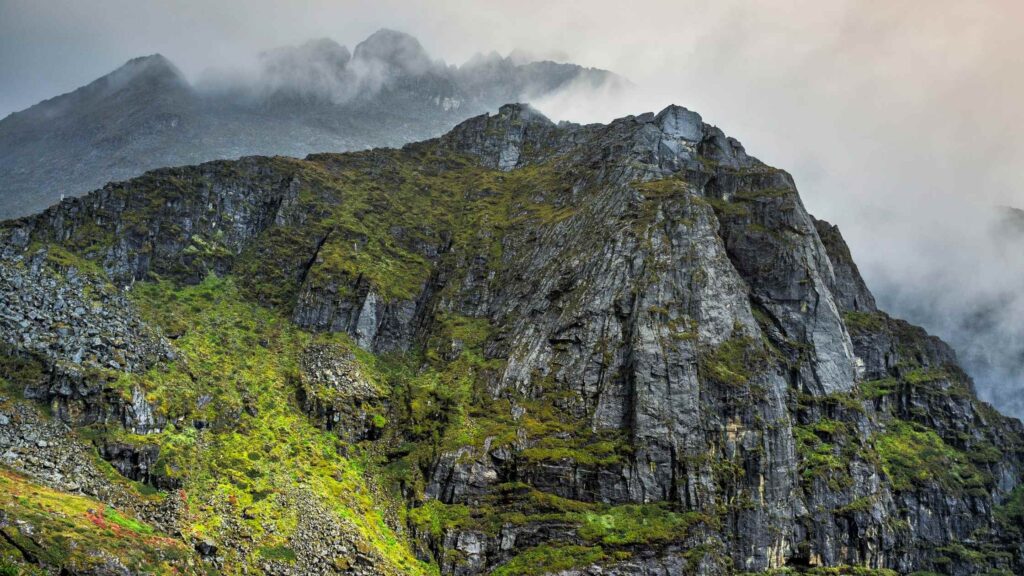
The sanctuary, named after Dr D. Ering, is one of the unique wildlife sanctuaries in Arunachal as over 25% of the reserve area comprises water bodies of different forms.
Because of this vast expanse of water, Daying Ering is a top hotspot for hundreds of types of stunning bird species that migrate throughout the year, including birds flying from as far as Mongolia and Siberia.
You can also enjoy witnessing many other migratory birds, like wild ducks, waterfowls, and storks, including more types, especially if you are here in the winter season, which is the best time to visit Daying Ering for bird lovers.
You can also enjoy witnessing many other migratory birds, like wild ducks, waterfowls, and storks, including more types, especially if you are here in the winter season, which is the best time to visit Daying Ering for bird lovers.

The forested sanctuary is also home to deer, hogs, langur, hares, wild buffalos, sambars, elephants, leopard cat, barking deer, civet cat, sambar, jackal, wild boar, python, and porcupine.
WHERE TO STAY IN DAYING ERING WILDLIFE SANCTUARY
You can find many budget accommodation options in Pasighat, the closest town located only 13 km from Daying Ering WLS. The best place to stay here is the Circuit House which you can book by contacting the park authorities.
Note that these are budget-friendly accommodation options and offer only the basic amenities.
There is no entry fee for Daying Ering. However, you need to pay for safaris and other customised tours available seasonally.

WHAT IS THE BEST TIME TO VISIT?
Due to the subtropical climate, it is ideal to be outdoors if you visit the Daying Ering wildlife sanctuary between November and April. It is the best season for watching migratory birds too.
HOW TO REACH DAYING ERING WILDLIFE SANCTUARY
Pashighat is the closest town to Daying Ering wildlife sanctuary. From there, you can take a cab to reach. Pashigat is well connected by road from many cities and towns. There is a daily bus service of Arunachal Pradesh State Transport Services(APSTS) from Itanagar, Tawang, Dirang and Bomdilla to Pasighat.
MEHAO WILDLIFE SANCTUARY
The Mehao Wildlife Sanctuary is one of the most popular wildlife sanctuaries in Arunachal Pradesh to experience the rugged, unexplored wilderness in the state. Named after the Mehao lake within the reserve, this wildlife sanctuary is the natural ocean of green paradise on earth.
One visit to this stunning wildlife reserve, and you will find it standing to true to its name. Its secluded location has enabled hundreds of animals, birds, and plants to thrive for many centuries unhinged and undisturbed by human intervention, adding to the magnificent beauty of the landscapes in the sanctuary.
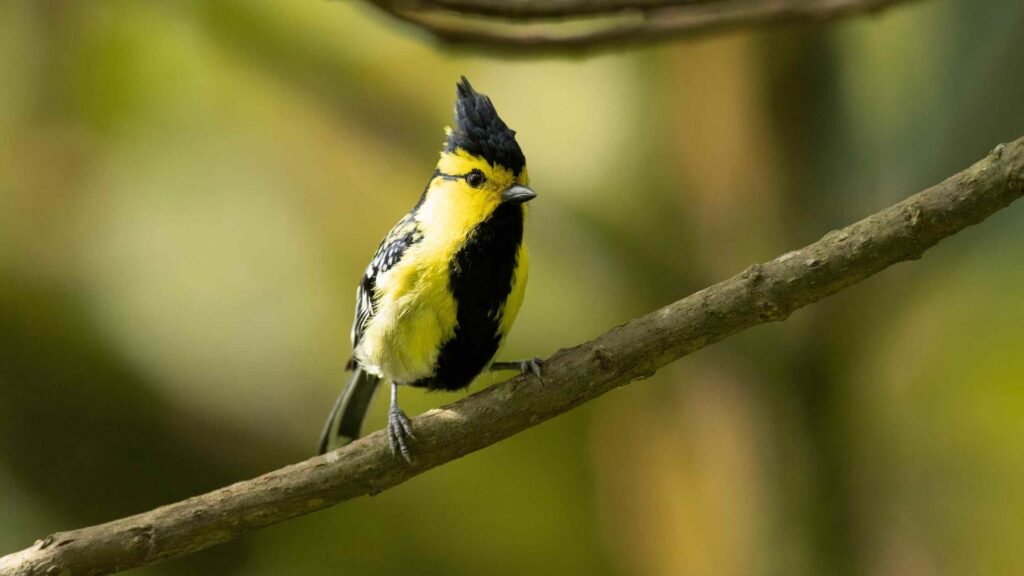
Mehao Wildlife Sanctuary, established in 1980, is located close to the Roing, the district headquarters of Lower Dibang Valley in Arunachal Pradesh.
This sanctuary is a fantastic place for adventure activities. This wildlife park’s famous inhabitants are the Bengal tiger, hoolock gibbon – the sole ape species in India, black Leopard, panther, Asiatic wild dog, red pandas, and clouded Leopard.
Apart from the mammals, the Mehao Wildlife Sanctuary is home to over two hundred birds and butterflies each, thirteen snake species, and six fish species.
One of the top things to do in Mehao wildlife sanctuary that is the best way to experience all it has to offer is going on the 12km-long hiking trail, which takes about a day, taking you through some of the deepest parts of the sanctuary guaranteeing sightings of the wild animals, and flora.
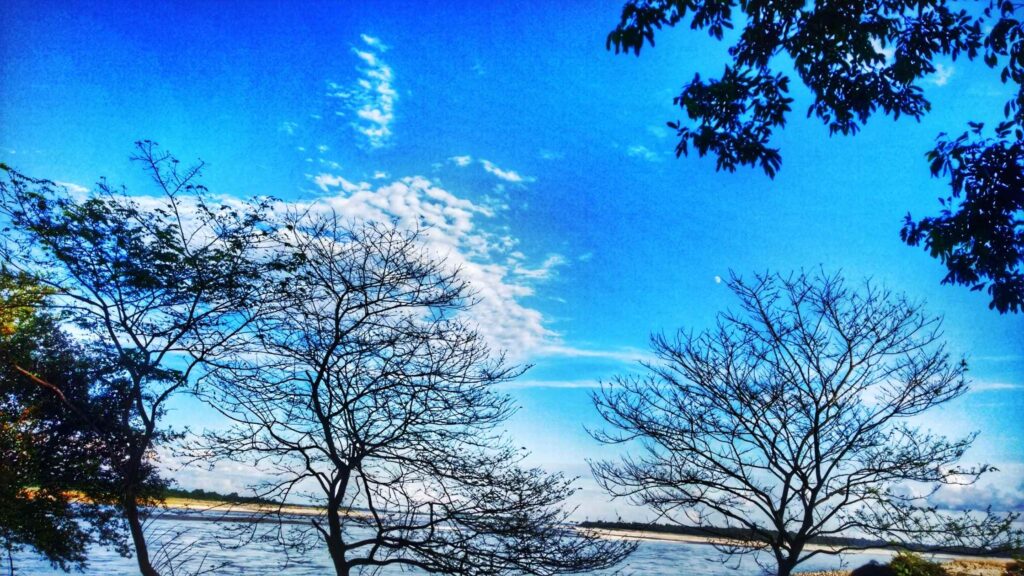
You will witness the stunning beauty of its landscapes dotted with many lakes, streams, and views of the mountains.
Also, during this trek, you can come across the indigenous tribes inhabiting the sanctuary, including the Idu Mishmi Tribe, originating from the Tibetan-Burmese region, and the Adi Tribe, along with a small portion of the Nepalese.
HOW TO REACH THE MEHAO WILDLIFE SANCTUARY
The best way to reach Mehao Wildlife Sanctuary is to first go to Roing, the closest town to the sanctuary. Roing is well-connected from all the major towns and cities of Arunachal Pradesh and Assam.
You can either rent a cab or take Arunachal Pradesh State Transport (APSTC) bus service via national highways 15 and 115 to reach Roing. From Roing, take a bus or taxi to arrive at the Mehao Wildlife Sanctuary.
WHERE TO STAY IN THE MEHAO WILDLIFE SANCTUARY
There are no accommodation options within the premises of the Mehao Wildlife Sanctuary. You can find many budget hotels, guesthouses and homestays in Roing.

WHAT IS THE BEST TIME TO VISIT?
Winter months are the best time to visit Mehao Wildlife Sanctuary as the temperatures are milder compared to other parts prone to icy weather conditions in winter. Due to the pleasant weather, it is an ideal time to be outdoors if you visit between October and March.
EAGLE’S NEST WILDLIFE SANCTUARY
Eaglenest Wildlife Sanctuary is located in the West Kameng District of Arunachal Pradesh at the foothills of the beautiful Himalayan mountains.
This gorgeous sanctuary, spanning over 200 square km, has varying altitudes from 500 meters to 3,250 meters with the majestic backdrops of the rugged Himalayan snow peaks on all sides.
The sanctuary, a part of the Kameng Elephant Reserve, derives its name from the Red Eagle Division of the Indian Army stationed in the area in the 1950s. It joins Sessa Orchid Sanctuary to the northeast and Pakhui Tiger Reserve across the Kameng river to the east.
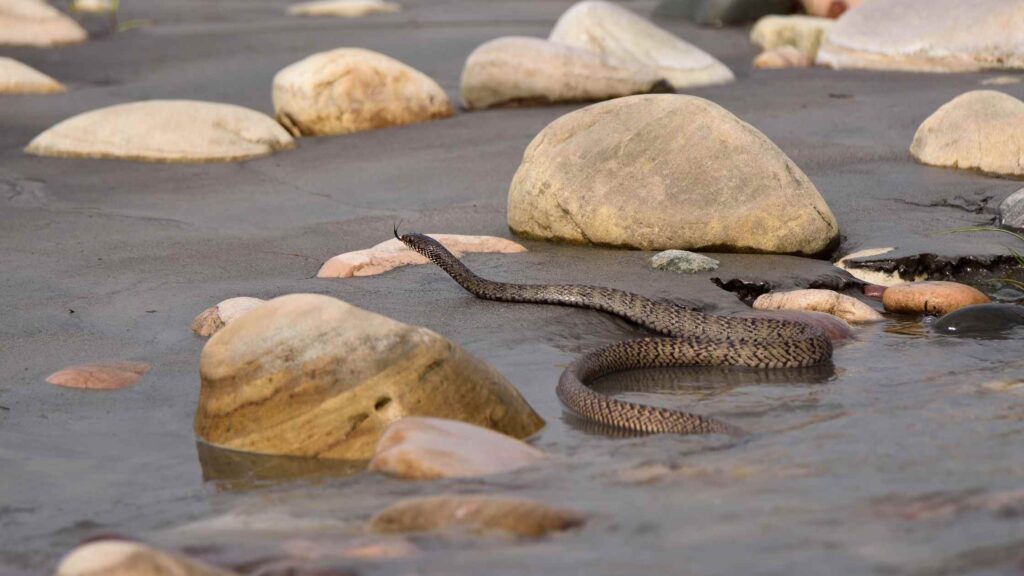
Eagle’s Nest is one of the most important wildlife sanctuaries in North East India, dedicated to extensive species of birds.
If you are a birds lover, this should be one of the top places to visit as it is one of the best wildlife sanctuaries to visit in Arunachal Pradesh.
The sanctuary is home to over 400 birds, scores of mammals, butterflies, and reptiles. The famous birds you should try spotting are the old world flycatchers, hornbills, Indian scimitar babbler, warblers and thrushes. If you are lucky, you may even spot rare birds like the grey peacock pheasant, Blyth’s tragopan, and Temminck’s tragopan.
Besides birds, Eaglenest is home to some endangered mammal species of snow leopards, Bengal tiger, red panda, Asiatic black bear, Arunachal macaque and gaur.

HOW TO REACH EAGLE’S NEST WILDLIFE SANCTUARY
Bomdila and Dirang are the nearest towns. Dirang is the closest, about 30km away from the sanctuary. The nearest railway station is at Bhalukpong, from where you have to take a cab to reach the wildlife sanctuary.
The best way to reach Eagle’s Nest Wildlife Sanctuary is by road as the Tawang – Tezpur road well connects the sanctuary.
A frequent bus runs by Arunachal Pradesh State Transport (APSTC) between Tawang, Bhalukpong, Tezpur, Seppa, Nagaon, Itanagar Bomdila, Guwahati and Shillong to Eagle’s Nest. You can also hire a cab from these towns to easily reach the reserve.
WHERE TO STAY IN THE EAGLE’S NEST WILDLIFE SANCTUARY
Dirang, the nearest town to Eagle’s Nest Sanctuary, has many homestays, hotels, and guesthouses. Dirang is worth visiting for a few days with many attractions. Most of the hotels in Dirang offer beautiful views of the valleys.
You can also choose to stay in Bomdilla, which has many accommodation options.
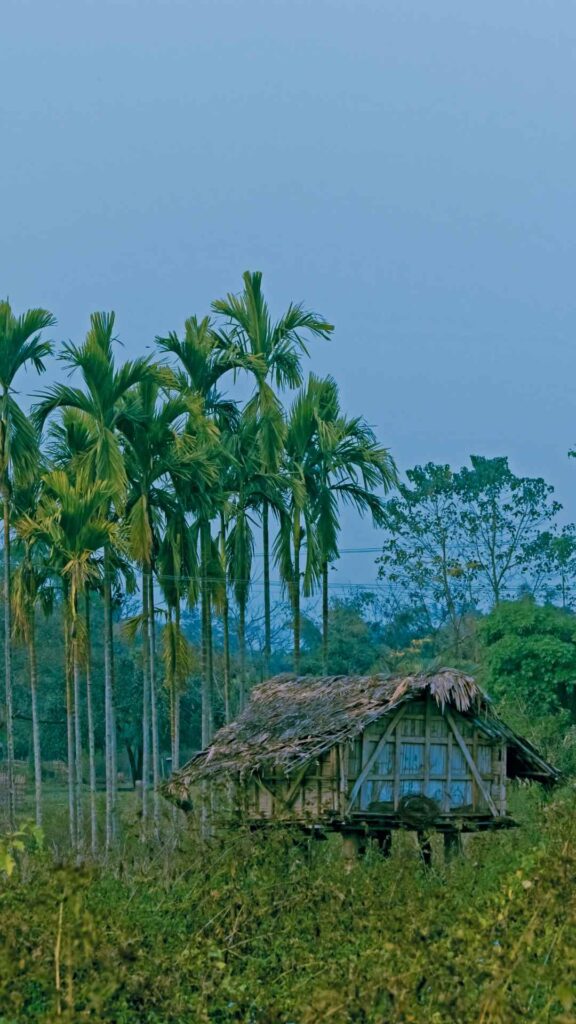
If you want to experience a jungle stay, check out the Forest Rest House in Ramalingam and the Inspection Bungalows available at Dedza and Tenga.
You need to pay an entry fee of 500 INR per person for foreign nationals and 100 INR for Indian nationals, which goes into the Bugun Welfare Society.
WHAT IS THE BEST TIME TO VISIT?
Winter months are the best time to visit Eagle’s Nest Wildlife Sanctuary as the temperatures are milder compared to other parts prone to icy weather conditions in winter.
Due to the subtropical climate, it is ideal to be outdoors if you visit between November and April. After April, the region receives heavy rainfall, which continues for a few months, making summer not an excellent time to be here.
DIBANG WILDLIFE SANCTUARY
The Dibang wildlife sanctuary is one of the top wildlife sanctuaries in Arunachal Pradesh, located near the Anini district in the Eastern Himalayas.
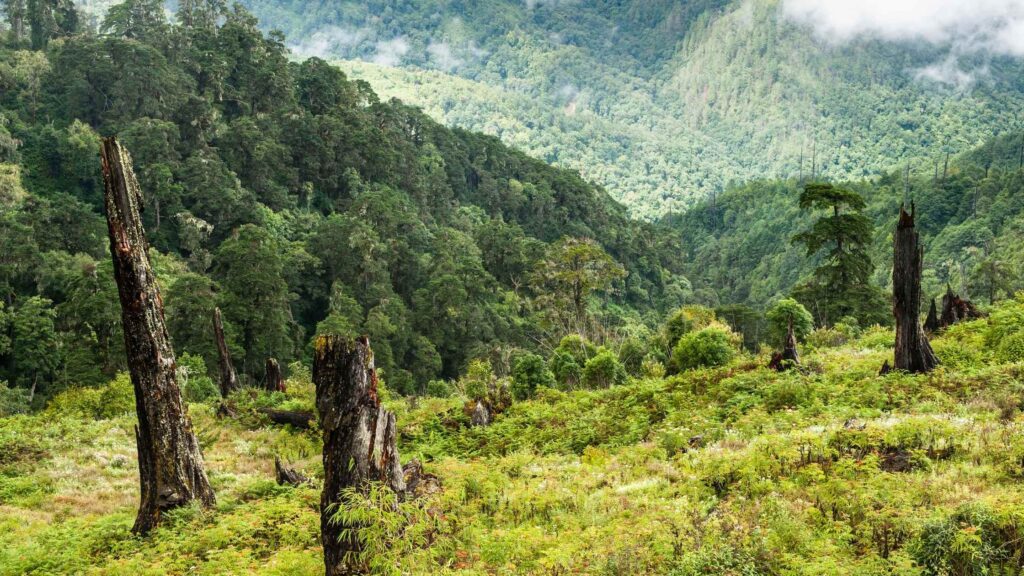
Located next to the Mouling National Park, this sanctuary, established in the 1980s, became a part of Dibang Biosphere Reserve in 1988.
It is one of the largest parks spanning over 4000 square meters with altitude in the terrain ranging between 1800m and 5000m, making it one of the major biodiversity hotspots of the world.
If you love adventure, wildlife photography, spotting animals in the wilderness, love to hike or enjoy admiring surreal mountainous landscapes, you will love this rugged paradise encompassing beautiful, lofty mountains, snow-covered peaks, deep gorges, forests and rivers.
You can enjoy hiking, camping, safari, boat trips and witness the abundant natural beauty on your journey to the Dibang wildlife sanctuary.
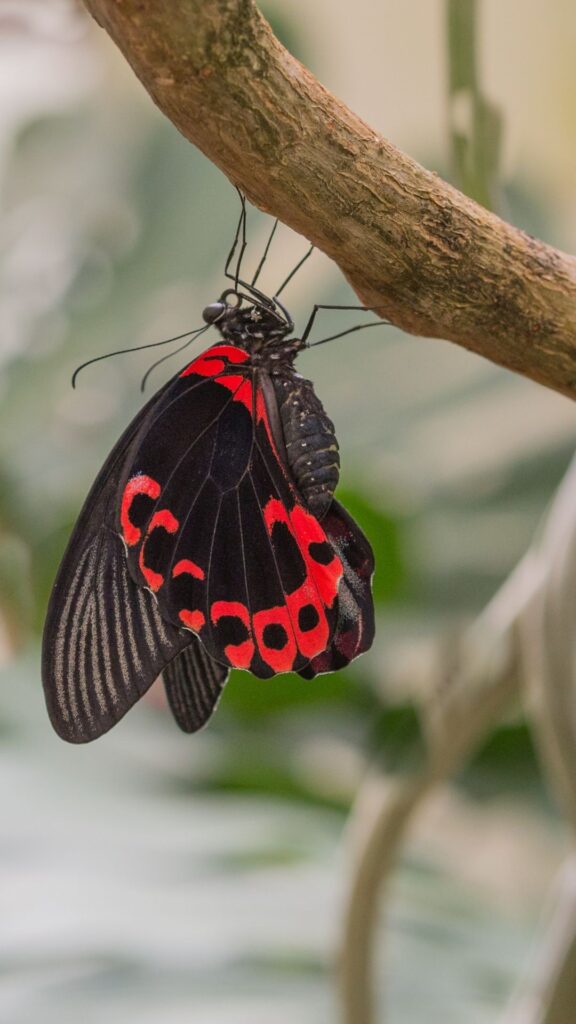
Some of the endangered and rare wild species that inhabit the park include Mishmi Takin, red goral, musk deer, red panda, Asiatic black bear, tiger, Gongshan muntjac, flying squirrels, snow leopards, and clouded leopards.
In this sparsely populated region around the sanctuary, you can come across the Idu Mishmi tribes.
HOW TO REACH DIBANG WILDLIFE SANCTUARY
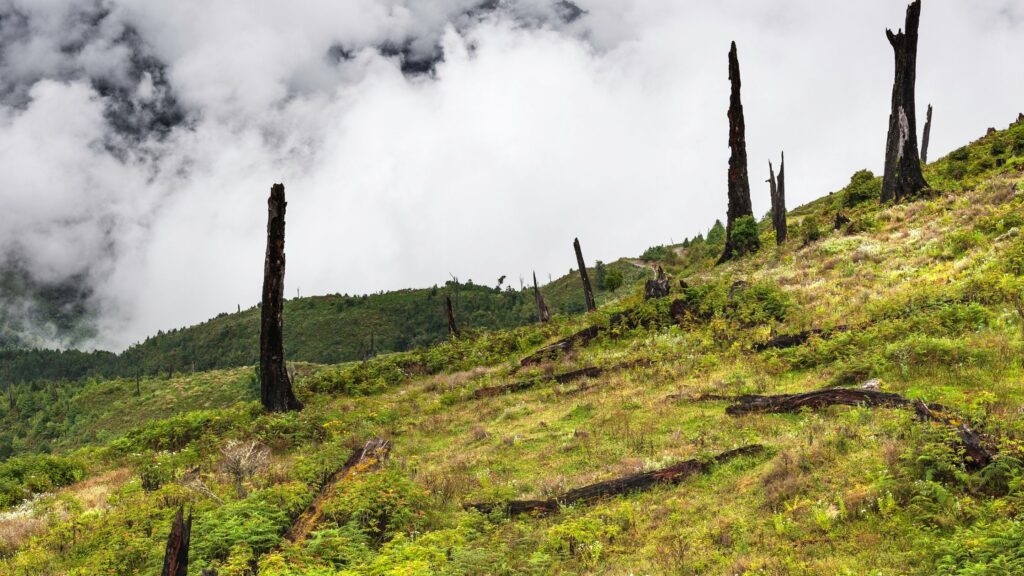
The best way to reach Dibang Wildlife Sanctuary is to first go to Roing, the closest town to the sanctuary, which gives access to Anini in the Upper Dibang Valley district where the sanctuary lies. Roing is well-connected from all the major towns and cities of Arunachal Pradesh and Assam.
You can either rent a cab or take Arunachal Pradesh State Transport (APSTC) bus service via national highways 15 and 115 to reach Roing. From Roing, take a bus or taxi to arrive at Dibang Wildlife Sanctuary.
The nearest railway station to Roing is Tinsukhia Railway station, from where you can take a direct bus to the sanctuary.
WHERE TO STAY IN DIBANG WILDLIFE SANCTUARY
If you want to stay on the sanctuary premises, book in advance the Forest Rest House, which has limited availability and comes with basic amenities.
The nearest town, Anini, offers many government-run and private accommodation options. Circuit house at Anini and Mayudia tourist lodge is the options in Anini. Alternatively, you can also book any of the hotels in Roing.
PAKKE TIGER RESERVE
If the idea of spotting the Royal Bengal tigers, plan a trip to Pakke Tiger Reserve, one of the best wildlife sanctuaries in Arunachal.

Pakke Tiger Reserve, located in the East Kameng District, Pakke Tiger Reserve is a part of Pakhui or Pakke Wildlife Sanctuary. Pakke Tiger Reserve lies next to the Pakke River and Papum Reserve Forest on one side, with the Kameng River, Eaglenest Wildlife Sanctuary and the Shergaon Forest Division on the other side.
The sanctuary established for the protection of the Bengal Tiger is home to over 2000 species of plants, hundreds of birds, mammals, and reptiles.
Among the rare species of birds are different species of hornbill and white-winged wood duck. You can also find the flying squirrel among the rare species.

The other notable animals here are clouded leopard, clouded leopard, jungle cat, wild dog jackal, Himalayan black bear, binturong, gaur, sambar, hog deer, barking deer, capped langur, rhesus macaque, Assamese macaque, bison and wild boar.
WHAT IS THE BEST TIME TO VISIT?
Winter is the best time to visit the Dibang wildlife sanctuary as the temperature is pleasant from November to February ranging from 18° C to 22°C ideal for enjoying the outdoors.
WHERE TO STAY IN PAKKE TIGER RESERVE?
Unlike the other wildlife sanctuaries in Arunachal Pradesh, there are plenty of choices near Pakke Tiger Reserve when it comes to finding accommodation.
If you want to experience staying at a forest guest house, head to Seijosa, Khari, and Langka, which has forest rest houses available.
Note that you can only find accommodation at these places and have to arrange for food just outside where you can find some small eateries.

One of the nearest towns, Bhalukpong, has some homestays and hotels. You can venture further from these villages for experiencing a typical local style stay, witnessing the traditions and the culture of the local communities.
You can also camp at a few locations in the sanctuary with prior permits, although you will have to get all the camping gear by yourself.
WHAT IS THE BEST TIME TO VISIT?
The best time to visit Pakke Tiger Reserve is the winter season, between November to March. Pakke Tiger Reserve is under a subtropical climate zone with the average winter temperatures ranging between 18° C to 22°C, pleasant conditions for hiking and camping.
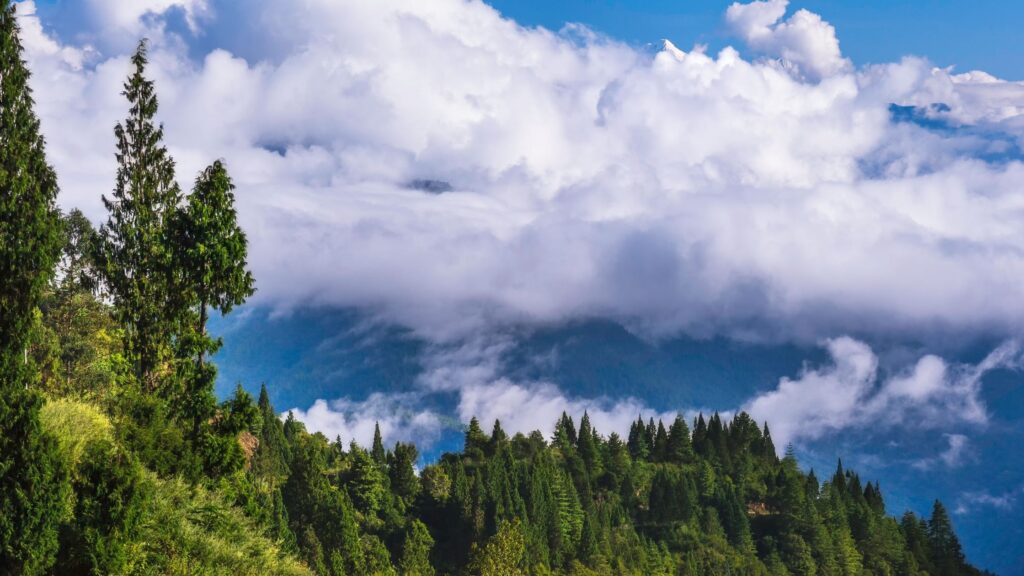
HOW TO REACH PAKKE TIGER RESERVE?
The closest towns to Pakke Tiger Reserve are Seijosa in the east, Bhalukpong in the west and Pakke Kessang in the north.
Bhalukpong is connected well with Tezpur, Guwahati, Rangapara, Bomdila and Balipara through state buses, shared taxis, or private cabs.
You can reach Seijosa via Guwahati, which is about 4 hours away. From Tezpur, you can book a cab or take a bus run by Arunachal Pradesh State Transport (APST) available daily from Tezpur to Seijosa or Seppa Itanagar.
OFFBEAT WILDLIFE SANCTUARIES IN ARUNACHAL PRADESH
KANE WILDLIFE SANCTUARY
Another among the wildlife sanctuaries in Arunachal Pradesh that is known for hundreds of species of birds, including rare migratory ones is Kane wildlife sanctuary. The Kane wildlife Sanctuary is located in the West Siang district in Arunachal Pradesh.
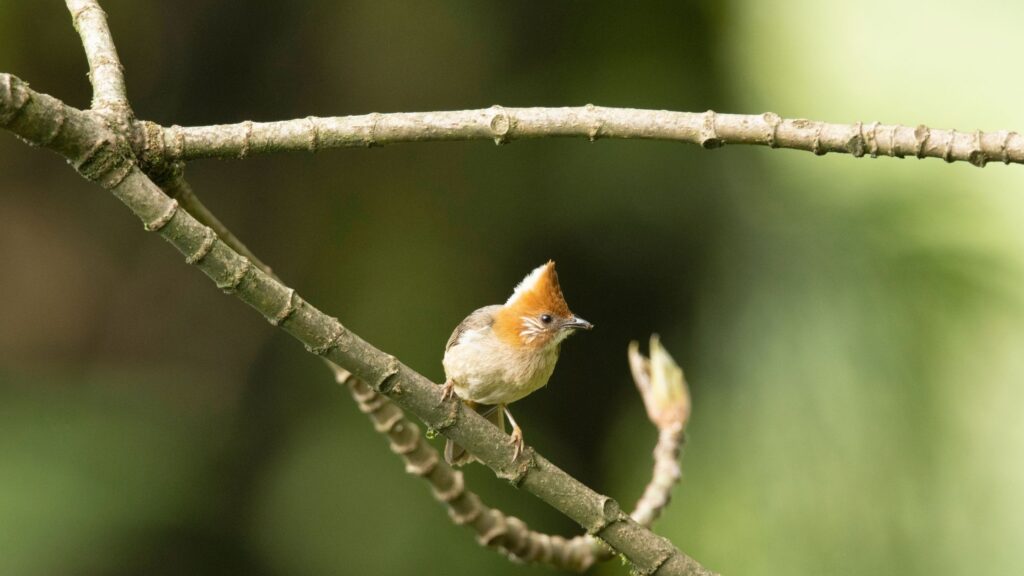
This small sanctuary, home to evergreen and subtropical forests, is one of the underrated and offbeat sanctuaries in the state, which turns into a bird’s paradise during the migration season, which is the winter months from October to April.
The sanctuary is home to 200 birds, including White-winged Wood Duck, different types of hornbill, cranes, pelicans, and eagles.
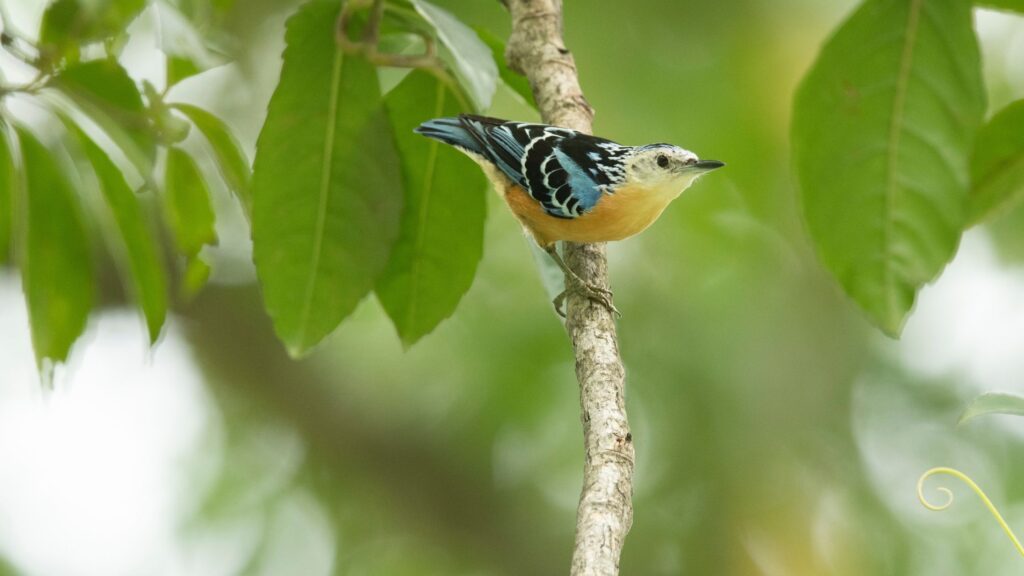
You can also spot wild dogs, gaur, black bears, deer, leopards, panthers, and smaller jungle cats.
HOW TO REACH KANE WILDLIFE SANCTUARY?
Aalo is the nearest town to Kane Wildlife Sanctuary. There are regular bus services to Aalo from Itanagar run by Arunachal Pradesh State Transport Service (APSTS). You can also rent a cab to reach Aalo from Itanagar or Phasigat.
The nearest railway station is Silapathar Railway station, around 20 km away from the park.
ITANAGAR WILDLIFE SANCTUARY
If you are traveling to Itanagar, the state’s capital city, do not miss visiting Itanagar Wildlife Sanctuary, one of the unique wildlife sanctuaries in Arunachal Pradesh.
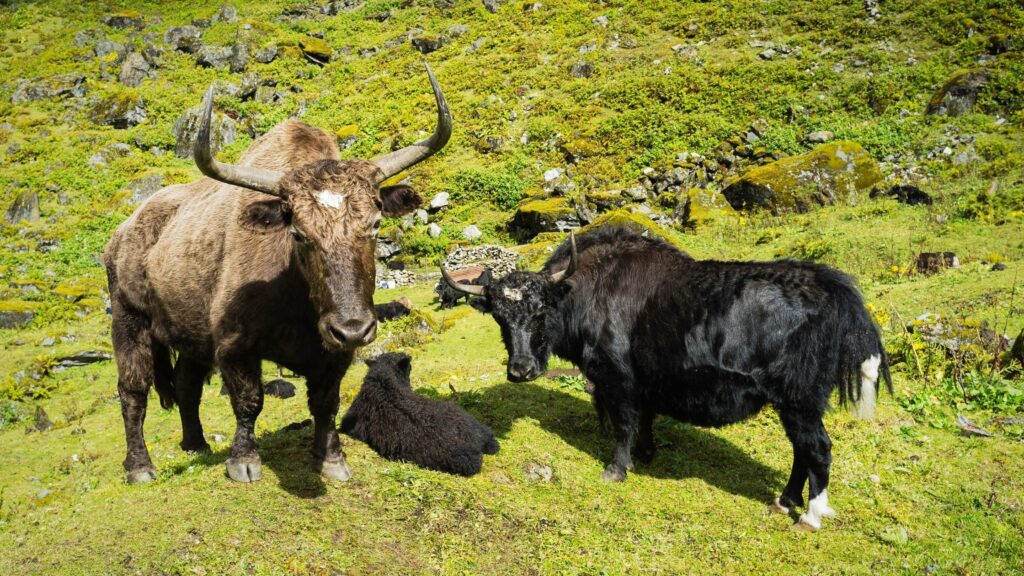
Located close to Itanagar, this sanctuary is surrounded by lush mountains home to many wild animals, especially macaque, many types of deer, and panthers. Unlike the other sanctuaries, this one is easily accessible and has more amenities. So if you do not have the time to travel to the remote wildlife sanctuaries in Arunachal Pradesh, you can make a quick trip to Itanagar wildlife sanctuary.
It is also a fantastic reserve for wildlife and nature photography. You can also go on short hikes apart from joining the safaris.
Some of the famous inhabitants you should try spotting here include panthers, barking deer, tigers, macaque, capped langur, red panda and porcupines, and a hornbill, among the birds.
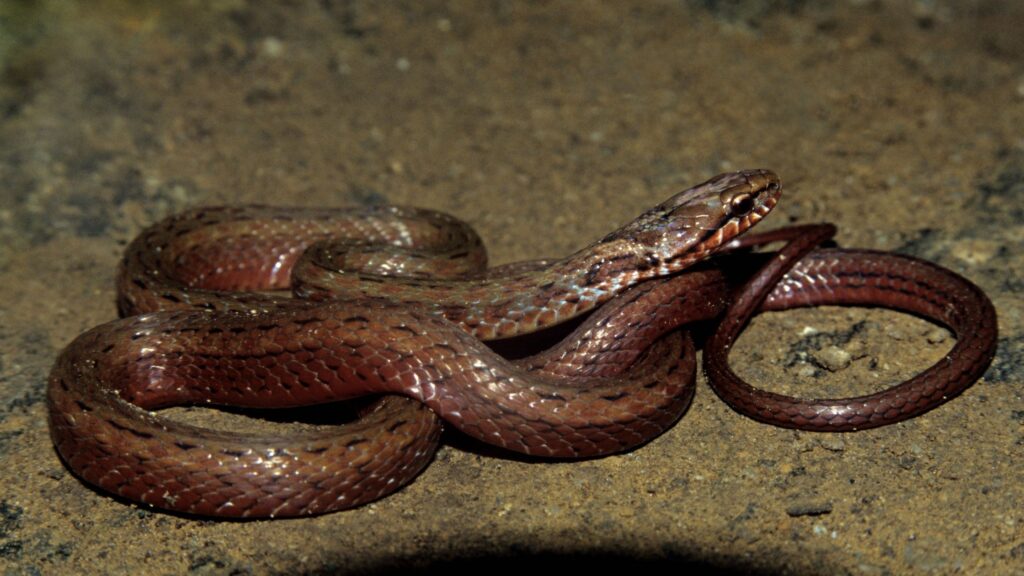
Also, check out the Ita fort, enjoy a picnic at the Ganga Lake, or head to the state museum to learn about the region’s history.
HOW TO REACH ITANAGAR WILDLIFE SANCTUARY
If you are arriving from out of the state, the best way to reach the sanctuary is to head to Itanagar. You can take the bus or rent a cab to reach Itanagar from Guhawati or Shillong.
The nearest railway station is Naharlagun Railway Station, close to Itanagar. From Naharlagun Railway Station, take state tourism buses or cars to reach Itanagar Wildlife Sanctuary.
WHAT IS THE BEST TIME?
From October to March, the winter months are the best time to visit Itanagar Wildlife Sanctuary, during which the weather is pleasant for bird watching and safaris.
WHERE TO STAY IN ITANAGAR WILDLIFE SANCTUARY
You have many hotels in Itanagar, along with homestays and guesthouses as well. Another closer town is Yupia, where you can easily find accommodations.
KAMLANG WILDLIFE SANCTUARY
The Kamlang wildlife sanctuary, established in 1974, is located in the Lohit District. It is one of the best-hidden wildlife sanctuaries in Arunachal Pradesh, which is also known for its history and the sacred site, the Parashurama Kunda, a pilgrimage place. The Kamlang wildlife sanctuary gets its name from the Kamlang River.

It is located close to Namdapha National Park and is one of the twelve protected reserves in Arunachal Pradesh. This reserve though small, is blessed with hundreds of orchids, bamboos, butterflies, birds, reptiles, and wild animals.

On safari, make sure to witness the unique inhabitants of the sanctuary, including the four types of cats – tiger, leopard, clouded leopard, and snow leopard, macaque, wild boars, flying squirrels, gibbons, tigers, deer, and langur. Do not miss visiting Glow Lake, one of the beautiful lakes in the sanctuary.
HOW TO REACH KAMLANG WILDLIFE SANCTUARY?
Kamlang Wildlife Sanctuary is easily accessible via roadways and trains as well. The nearest railway station to Kamlang wildlife sanctuary is Tinsukhia railway station. From there, you can take a direct bus to the sanctuary or get a cab from here.
There are regular buses by Arunachal Pradesh State Transport Services (APSTS) and Assam State Transport Corporation (ASTC) if you want to arrive from Tinsukia or Dibrugarh.
WHERE TO STAY IN KAMLANG WILDLIFE SANCTUARY?
Although there are limited options in the Kamlang wildlife sanctuary for stays, you can find many to choose from in the nearby towns. You can check out the government-run circuit houses, forest rest houses and inspection bungalows close to Tezu as well.
TALLE VALLEY WILDLIFE SANCTUARY
One of the latest additions to the wildlife sanctuaries in Arunachal Pradesh is Talle Valley Wildlife Sanctuary, also known as Talley Valley Wildlife Sanctuary. This small sanctuary, established in 1995, is located close to Ziro.
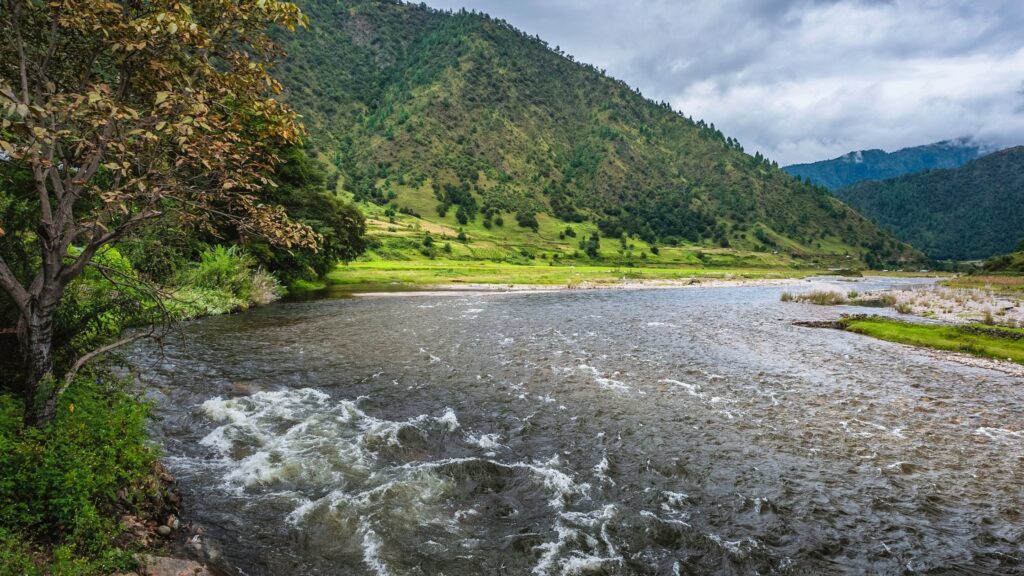
The altitude of the sanctuary ranges in elevation from 1,200 to 3,000 meters and is blessed with alpine and sub-tropical forests in the Himalayas. It is one of the best places if you are looking for a private reserve offering splendid views of the landscapes, abundant wildlife and flora.
Some of the wild animals you can spot here are wild dogs, tigers, deer, clouded leopard, Malayan giant squirrel and Asian palm civet. The unique birds nestling here include the Black eagle, scarlet minivet, and collared owlet.
SESSA ORCHID SANCTUARY
Sessa Orchid Sanctuary is one of the must-visit, unique sanctuaries in Arunachal Pradesh known for its hundreds of species of wild orchids set against the beautiful landscapes of the mountains.
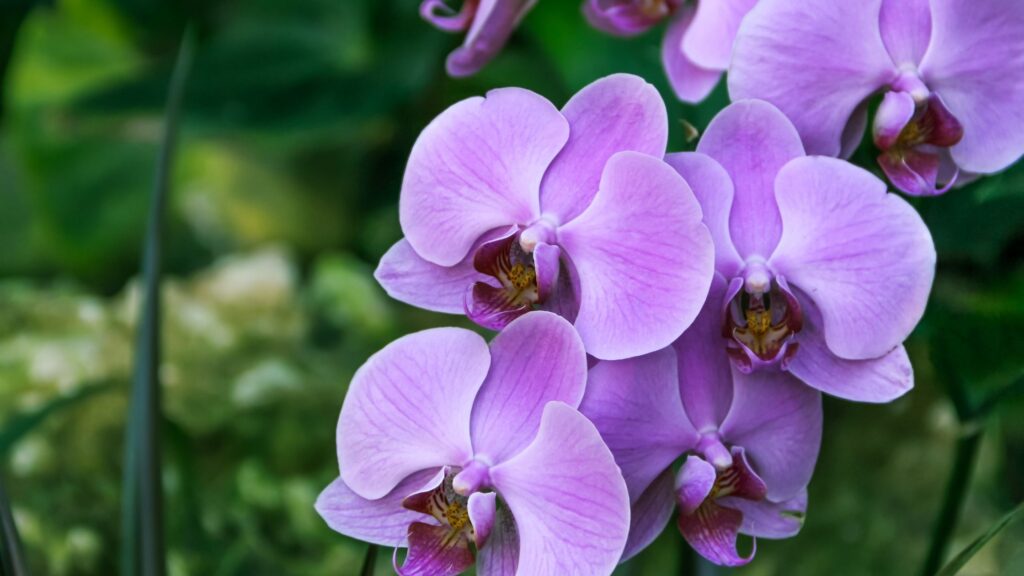
If you are a nature lover, you will love visiting this lush sanctuary filled with colourful orchids spanning over 100 square km. Also known as the Tipi Orchidarium, the reserve is home to over 2600 cultivated orchids belonging to over 80 different species.
HOW TO REACH SESSA ORCHID SANCTUARY
Sessa Orchid Sanctuary is well connected via roadways. You can quickly get here by bus from Tezpur and Bhalukpong or rent a car.
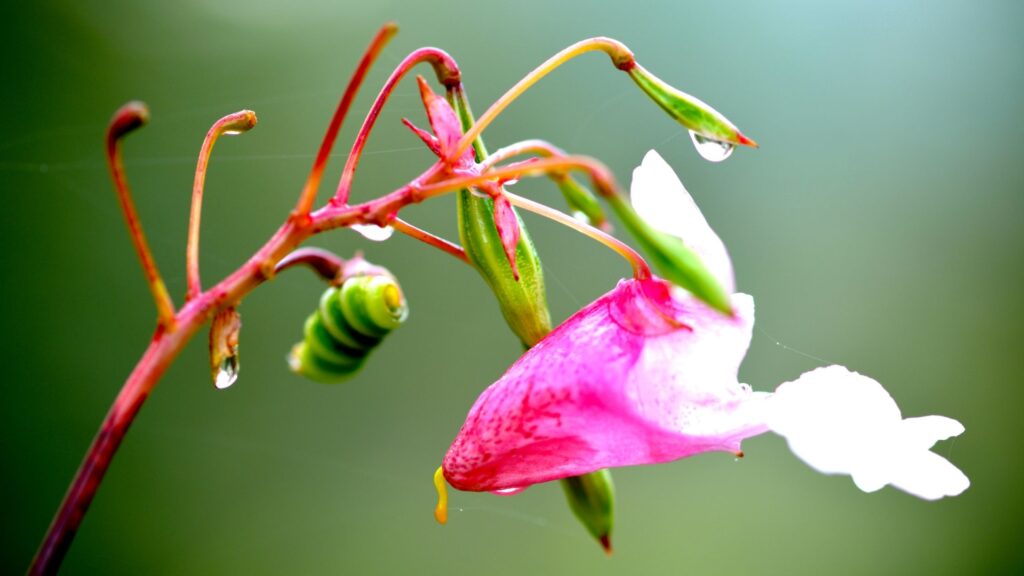
The nearest railway station to Sessa Orchid Sanctuary is located at Bhalukpong. You can quickly get to Sessa by taking a bus or a cab from the station.
WHAT IS THE BEST TIME TO VISIT?
The best time to visit Sessa Orchid Sanctuary is between October and March.
WHERE TO STAY IN SESSA ORCHID SANCTUARY
If you want to stay near the sanctuary, you can find a Forest Rest House in nearby Tipi. Or you can book one of the inspection bungalows at Bhalukpong and Tenga.
- Your Ultimate Guide to the Best Things To Do in Krakow, Poland - April 12, 2024
- Exploring the Hidden Gems of European Ski Resorts - March 28, 2024
- 25 Beautiful Landmarks In Poland For Your Bucket List - March 16, 2024


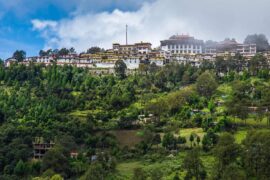


1 Comment
I read your blog post and it was amazing they are full of information.